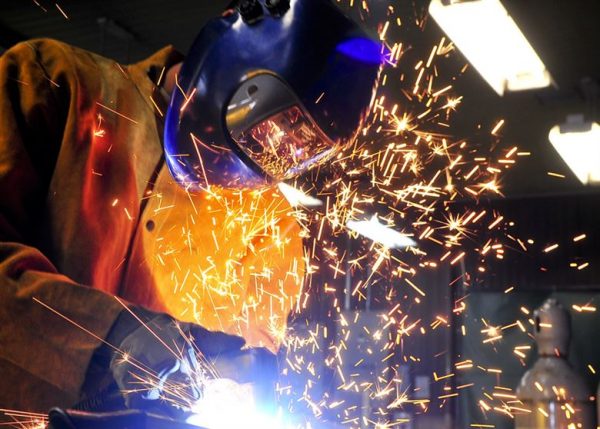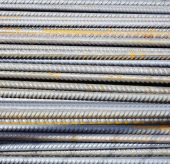Welding Industry Overview
Sacramento Sparks Reno Welding Supply
The welding industry plays a crucial role in the backbone of infrastructure, manufacturing, and construction worldwide. From towering skyscrapers and bridges to automobiles and pipelines, welding is the invisible force that holds countless structures and products together. At its core, welding is the process of joining two materials—usually metals or thermoplastics—by applying heat, pressure, or both. Though the concept is simple, the execution requires precision, skill, and a deep understanding of materials and safety protocols.
Today, welding has evolved far beyond traditional methods like stick and gas welding. Advanced technologies such as laser beam welding, friction stir welding, and robotic welding have expanded the possibilities in industries like aerospace, automotive, and shipbuilding. Automation has particularly transformed high-volume production, making it faster, more consistent, and safer. Despite this shift toward automation, there remains a high demand for skilled welders who can handle specialized or complex jobs that machines cannot.
One of the major drivers of the welding industry’s growth is the ongoing need for infrastructure development and maintenance. As bridges age and energy pipelines expand, welding services become essential for repair and reinforcement. Additionally, the renewable energy sector—including wind and solar power—relies heavily on welded components for construction and installation, creating new avenues for employment and innovation.
However, the industry does face challenges. Safety remains a top concern due to the inherent risks involved in working with extreme heat, electricity, and potentially hazardous materials. Proper training, protective gear, and adherence to safety standards are non-negotiable elements of any welding environment. There’s also a growing concern about the skilled labor shortage. As experienced welders retire, the need for training programs and apprenticeships becomes more urgent to fill the gap with competent newcomers.
Welding is not just a trade—it’s a craft that blends science, technology, and art. The industry offers a wide range of career opportunities, from hands-on fieldwork to advanced engineering and inspection roles. With competitive wages, job security, and the chance to work on meaningful projects, welding continues to be a foundational and dynamic force in the global economy. Whether it’s the framework of a new building or the chassis of a car, welders are literally building the future, one joint at a time.





